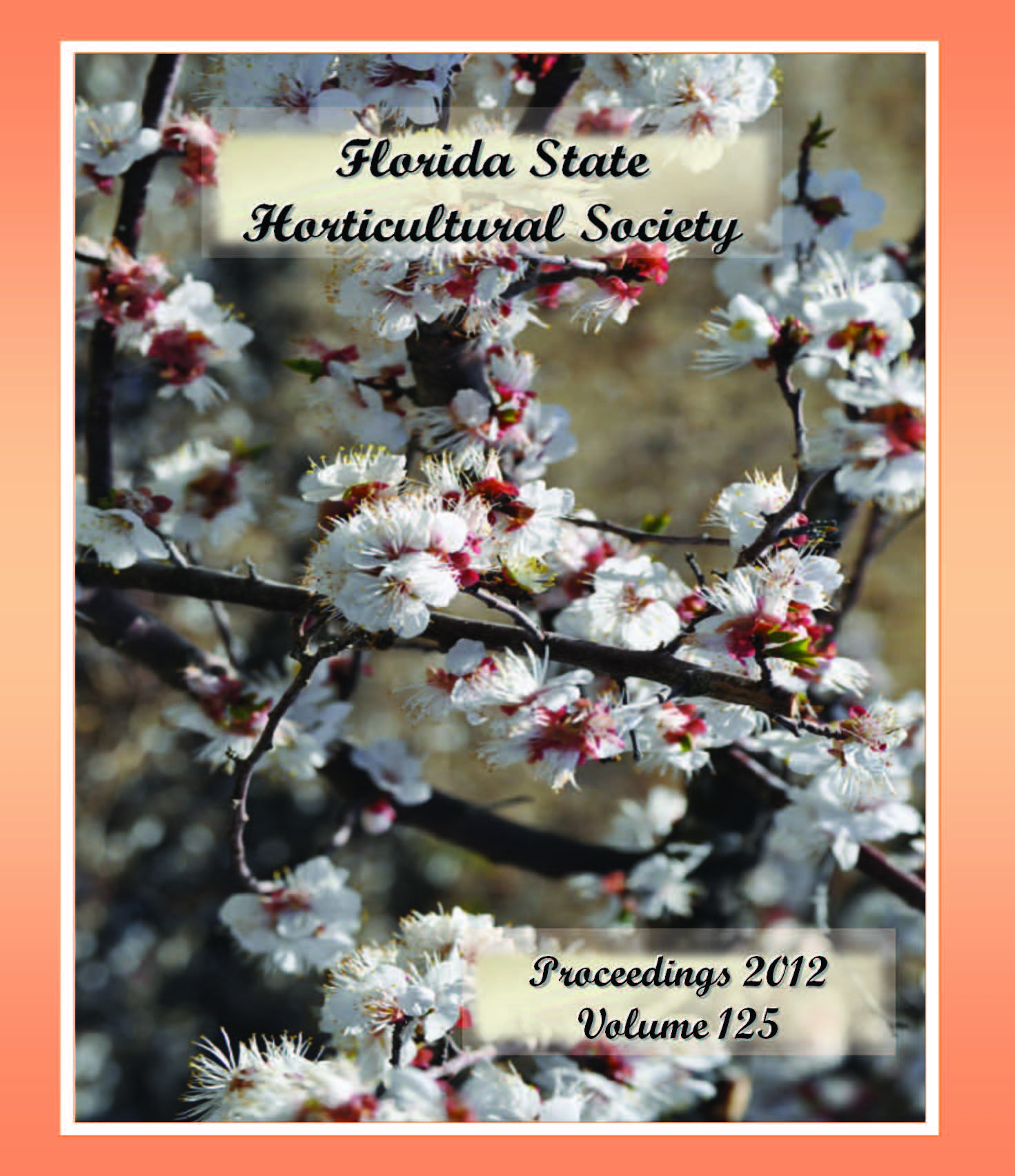Geographical Distribution of Strobilurin Resistance of Alternaria alternata, Causal Agent of Alternaria Brown Spot in Florida Citrus Groves
Resumen
Alternaria brown spot is the most important fungal foliar disease affecting tangerines and tangerine hybrids. Control is based primarily on fungicide applications such as copper and strobilurins; however, control failure with strobilurins was detected recently. A statewide survey was initiated to evaluate the sensitivity of A. alternata isolates to azoxystrobin and pyraclostrobin. In total, 143 monoconidial isolates of A. alternata from 15 groves in eight counties were evaluated using a resazurin (RZ)-based microtiter assay. Strobilurin resistance occurred in all surveyed counties. On average, 68% of tested isolates were highly resistant to strobilurins. The effective concentration needed to inhibit 50% growth (EC50) values were greater than 5 µg/mL for azoxystrobin and 1 µg/mL for pyraclostrobin, while mean EC50 values for sensitive isolates were 0.2135 and 0.0266 µg/mL, respectively. Resistance to the two fungicides was highly correlated (P < 0.001), indicating cross resistance. The majority of isolates were from cultivars Minneola (45%) and Murcott (27%); the remainders were from ‘Sunburst’ (11%), ‘Dancy’ (10%), ‘Orlando’ (5%), and ‘Lee’ (2%). The highest proportion of resistant isolates was from ‘Minneola’ (92%), followed by ‘Orlando’ (77%), ‘Dancy’ (60%), ‘Sunburst’ (50%), and Murcott’ (36%). Based on our observations, strobilurin resistance occurred more frequently on susceptible cultivars with intense fungicide use.

